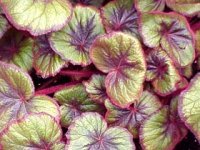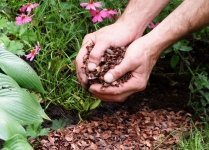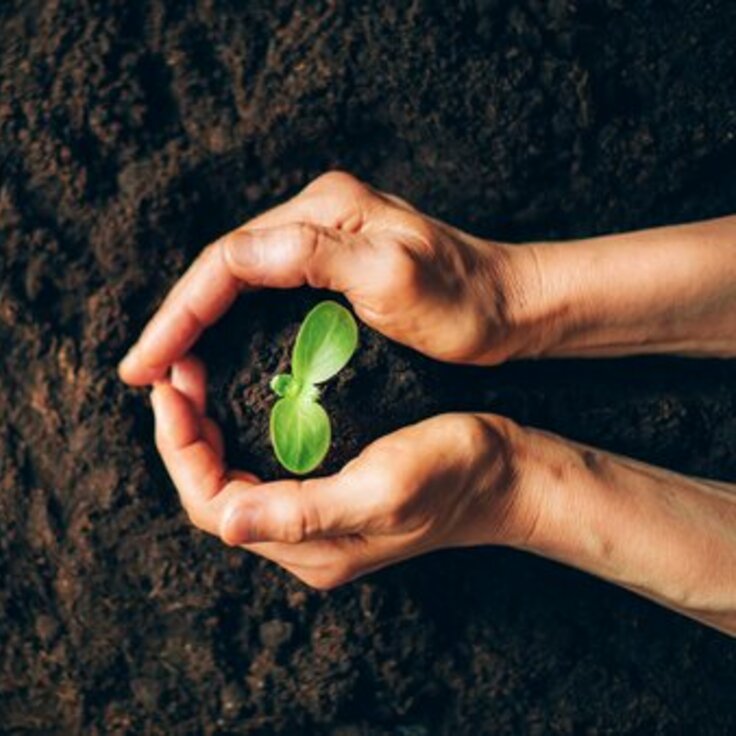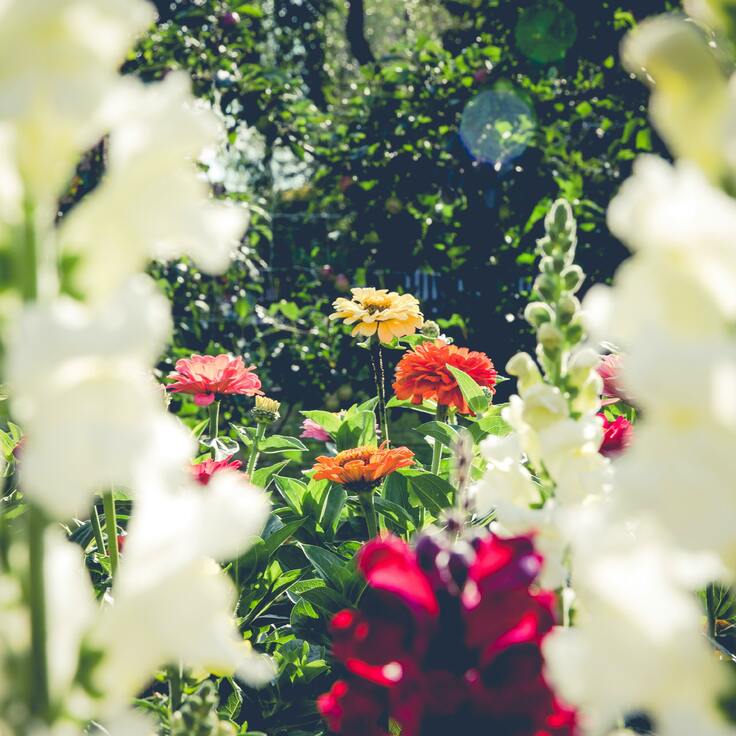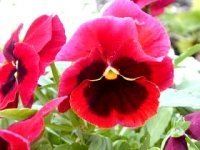5 Herbs for Kitchen Gardens
There’s a reason why herb gardens are often called ‘kitchen’ gardens. Firstly, they can be grown right in your kitchen, indoors, any time of year! And secondly, it seems natural for cooks and gardeners to want to grow the freshest plants possible for their culinary experience. The best part is you don’t need a lot of space indoors to enjoy a thriving herb garden that adds value to your dishes.
Planting
Planting herbs at home is not difficult. Begin by filling your containers with soil. You can use pots, cups, or plastic containers. But select those with holes in the bottom to allow for drainage. For soil, a good mixture is two parts potting soil and one part coarse sand. The seeds can be soaked in water for a couple of hours before planting, which will help them get going. Then plant the seeds into the soil, about three times deeper than the size of the seed. Placing the container in a south- or west-facing windowed area will allow the plant to get the most sunlight. You’ll know when to water the herbs when the top of the soil is dry to the touch.
Harvesting
Herbs are ready for harvest when the flower first buds, and continue to be viable until just before the flowers are fully open. This is the time when the leaves contain the highest level of volatile oils, which translates into lots of flavor. You’ll want to ensure that you don’t cut too much from the plant. This way the plant will continually produce over a longer period of time, and you’ll have fresh herbs when you need them. Snip only a few leaves or sprigs from each plant – the more you leave on the plant the faster it will recover, allowing for higher yields. When the plant is harvested, it can leave areas of the crop exposed, and the hot mid-day sun can dry out the plants oils. If at all possible, try to take sprigs in the morning, or later in the day, to mitigate this issue. Using scissors or a sharp knife, cut the sprigs from at least four to six inches from the base of the plant.
Read more from fix.com

